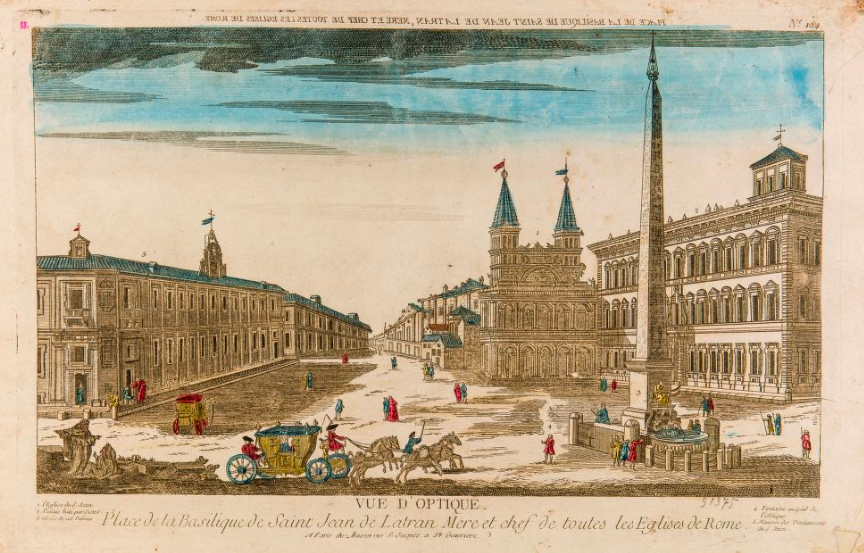If you’re a regular Open Culture reader, you’re already familiar with Coursera, the ed tech company, which, since its founding in 2012, has given the world access to online courses from top universities–e.g. courses on Roman Architecture (Yale), Modern and Postmodern Philosophy (Wesleyan), and Buddhism and Neuroscience (Princeton). And you’ve perhaps noticed, too, that Coursera has recently bundled certain courses into “Specializations”–essentially areas of concentration–that let students specialize in fields like Deep Learning and Data Science.
But what if students want to deepen their knowledge further and get a traditional degree? In what perhaps marks the beginning of a significant new trend, Coursera has partnered with leading universities to offer full-fledged graduate degrees in a more affordable online format. As described in the video above, HEC Paris (the #2 business school in Europe) now offers through Coursera’s platform a Master’s in Innovation and Entrepreneurship. Designed for aspiring entrepreneurs, the program consists of 20 courses (all online) and takes an estimated 10–16 months to complete. The total tuition amounts to 20,000 Euros (roughly 23,500 U.S. dollars), a sum that’s considerably less than what executive education programs usually cost.
For students looking for a broader education in business, the University of Illinois at Urbana-Champaign has launched an entire MBA program through Coursera. Consisting of 18 online courses and three capstone projects, the iMBA program covers the subjects usually found in b‑school programs–leadership, strategy, economics, accounting, finance, etc. The complete curriculum should take roughly 24 to 36 months to complete, and costs less than $22,000–about 25%-33% of what an on-campus MBA program typically runs.
(The iMBA is actually one of three degree programs the University of Illinois has launched on Coursera. The other two include a Masters in Accounting (iMSA) and a Master of Computer Science in Data Science (MCS-DS).)
Now, in case you’re wondering, the diplomas and transcripts for these programs are granted directly by the universities themselves (e.g., the University of Illinois at Urbana-Champaign and HEC Paris). The paperwork doesn’t carry Coursera’s name. Nor does it indicate that the student completed an “online program.” In short, online students get the same transcript as bricks and mortar students.
Finally, all of the degree programs mentioned above are “stackable”–meaning students can (at no cost) take an individual course offered by any of these programs. And then they can decide later whether they want to apply to the degree program, and, if so, retroactively apply that course towards the actual degree. Essentially, you can try things out before making a larger commitment.
If you want to learn more about these programs, or submit an application, check out the following links. We’ve included the deadlines for submitting applications.
- Online Master’s in Innovation and Entrepreneurship from HEC Paris
- Application deadline, December 7
- Master of Business Administration (iMBA) from the University of Illinois at Urbana-Champaign
- Application deadline, November 17
- Master of Science in Accountancy (iMSA) from the University of Illinois at Urbana-Champaign
- Application deadline, December 4
- Master of Computer Science in Data Science (MCS-DS) from the University of Illinois at Urbana-Champaign
- (Application deadline, October 15)
If you would like to sign up for Open Culture’s free email newsletter, please find it here. It’s a great way to see our new posts, all bundled in one email, each day.
If you would like to support the mission of Open Culture, consider making a donation to our site. It’s hard to rely 100% on ads, and your contributions will help us continue providing the best free cultural and educational materials to learners everywhere. You can contribute through PayPal, Patreon, and Venmo (@openculture). Thanks!
Note: Open Culture has a partnership with Coursera. If readers enroll in certain Coursera courses, it helps support Open Culture.
Related Content:
MOOCs from Great Universities (Many With Certificates)




